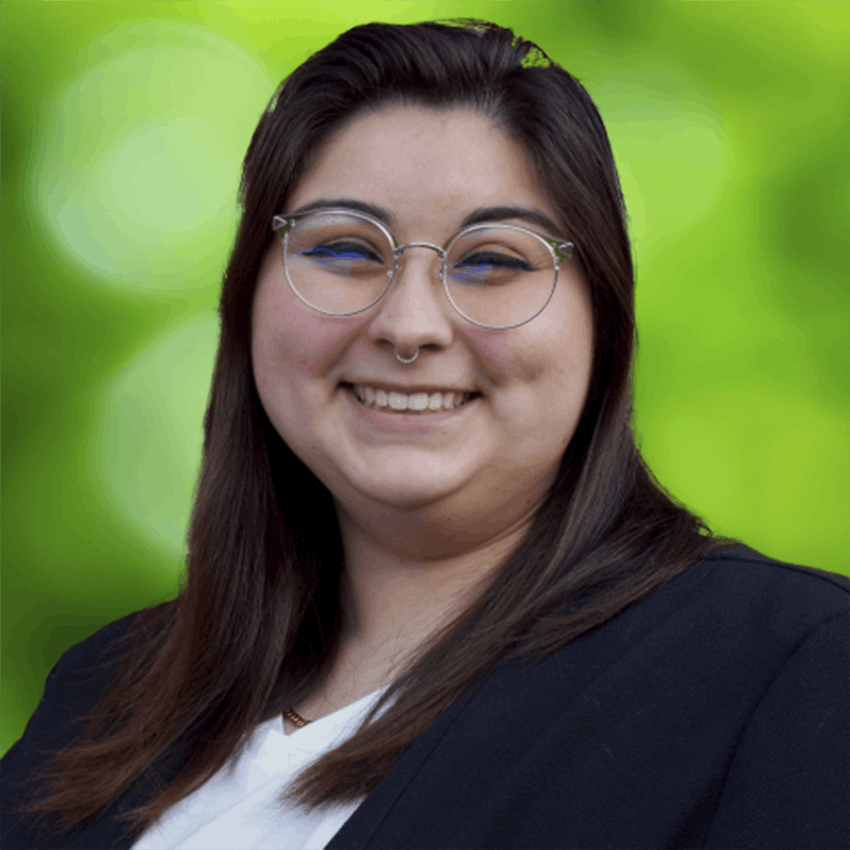Intelligence Leaders Tackle Diversity in the IT Workforce
Underrepresentation can present challenges in cybersecurity and technology across the intelligence community.

The Intelligence Community is pushing for more diversity and inclusion in its tech workforce, a key component of the White House’s plan for diversity, equity and inclusion, leaders said at a recent Intelligence and National Security Alliance (INSA) event in Arlington, Virginia, this month.
The Only Woman in the Room
Kate Hewitt, deputy director for nuclear forensics at the Defense Department, said that statistics across the Intelligence Community and federal government workforce show the need for diversity.
“We are making progress, for sure,” Hewitt said at the event. “But there is still a huge underrepresentation in leadership when you start to break down what the numbers look like.”
Hewitt said the cybersecurity workforce comprises about 24% women and that women only make up 17% of CIA agents. Hewitt cited the Leadership Council for Women in National Security (LCWINS) 2023 tracker showing number of women in the 500 senior leadership positions “with meaningful influence on U.S. national security and foreign policy.”
Panelists also said getting women in leadership positions is only part of the equation and that it also takes removing bias and ensuring equal pay.
“Sometimes we see other women as competitors to us, and that’s not how we should approach it. It should be that there’s room for all of us at the top, and you have to bring those people along with you,” Hewitt added.
A key part of uplifting women into leadership is mentorship and amplification in meetings.
Jamie Jones Miller, CEO and regional dean of Northeastern University Arlington, recalled her time with the Defense Department when she would have liked to have learned formalities about recognizing rank titles or when to stand in front of the secretary, for example.
Cortney Weinbaum, senior management scientist at RAND, praised coworkers for amplifying her voice and ideas when they get overlooked in meetings.
“There are a lot of things that the men in the room or even more senior women can do,” Weinbaum said.
‘Everyone Should be a Mentor’
“I think everyone should be a mentor,” said Stephanie Leung, senior director for growth and business development at General Dynamics Information Technology. “Being able to guide people in this community and give them the best opportunities that fit who they are — and their real self — is so important.”
Leung and other panelists called on women in senior leadership to communicate with entry-level employees to foster mentorships. She said industry partners have employee resource groups for others to join and make more connections.
“John F. Kennedy said a rising tide lifts all boats — so going back to some of the previous comments, that’s exactly true. And that means how do you get those individuals within an organization, lift them up and encourage others to do so,” said Jo-Ellen Adkins, acting director for the National Geospatial-Intelligence Agency’s (NGA) Human Development Directorate.
Adkins said NGA started a program to help connect employees with those outside their organizations so that employees can grow their networks and expand their experience.
“If you’re the director of analysis, but you hear somebody in another organization say something that is particularly interesting or something that’s relevant for you, take that opportunity to get to know them,” Adkins said.
Navigating the Multigenerational Workforce
A big challenge facing agencies is navigating a workforce that spans five generations.
Janice Glover Jones, director for mission services at the Defense Intelligence Agency (DIA), said communication is the best way to navigate generational barriers. Glover Jones encouraged employees to have open conversations with employees about their approaches to work and life. She hopes this will help everyone become more adaptable and flexible in the changing workforce environment.
“We all learn differently, we were educated differently,” Glover Jones said. “We have a multi-generational workforce, and you have to be able to meet everybody where they are. You can’t shape it and put it all in a bucket.”
U.S. Senate Sergeant at Arms Karen Gibson said that senior leaders need to rethink job descriptions. It’s also leaders’ responsibility to champion competence and potential in their workforce, she added.
“We’re always trying from that same pool, and we want to tap into people with potential and take risks and understand that there will be a learning curve,” Gibson said. “When we are focused on those people who aren’t demonstrating competence and potential we are building, regardless of male or female, a strong and inclusive workplace.”
This is a carousel with manually rotating slides. Use Next and Previous buttons to navigate or jump to a slide with the slide dots
-

New OPM CDO Taka Ariga Shares Approach to Human Capital, AI
The agency's new data chief will focus on establishing a modern data governance framework and expanding the AI workforce.
5m read -

TSA Scientists: Biometrics Advancements Require Legislation, Standards
Biometric advancements over the past decade have impressed researchers, who aim to achieve more as the technology evolves.
4m read -

CBP's Digital Identity Plan Hones in on Advanced Biometrics Tech
The agency is testing biometrics and AI technology to speed up traveler experiences and processing times at points of entry.
3m read -

Feds Prioritize Open-Source Software Security Initiatives
With the first open-source office established at CMS, a White House-led open-source group aims to advance many other initiatives in 2025.
3m read








